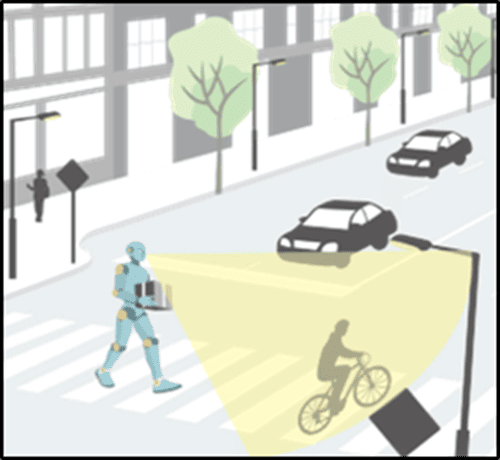2024 Inspiration from Visual Ecology for Advancing Multifunctional Robotic Vision Systems: Bio-inspired Electronic Eyes and Neuromorphic Image Sensors
본문
- Journal
- Advanced Materials
- Vol
- 36
- Page
- 2412252
- Year
- 2024
In
robotics, particularly for autonomous navigation and human–robot collaboration,
the significance of unconventional imaging techniques and efficient data
processing capabilities is paramount. The unstructured environments encountered
by robots, coupled with complex missions assigned to them, present numerous
challenges necessitating diverse visual functionalities, and consequently, the
development of multifunctional robotic vision systems has become indispensable.
Meanwhile, rich diversity inherent in animal vision systems, honed over
evolutionary epochs to meet their survival demands across varied habitats,
serves as a profound source of inspirations. Here, recent advancements in
multifunctional robotic vision systems drawing inspiration from natural ocular
structures and their visual perception mechanisms are delineated. First, unique
imaging functionalities of natural eyes across terrestrial, aerial, and aquatic
habitats and visual signal processing mechanism of humans are explored. Then,
designs and functionalities of bio-inspired electronic eyes are explored,
engineered to mimic key components and underlying optical principles of natural
eyes. Furthermore, neuromorphic image sensors are discussed, emulating
functional properties of synapses, neurons, and retinas and thereby enhancing
accuracy and efficiency of robotic vision tasks. Next, integration examples of
electronic eyes with mobile robotic/biological systems are introduced. Finally,
a forward-looking outlook on the development of bio-inspired electronic eyes
and neuromorphic image sensors is provided.

